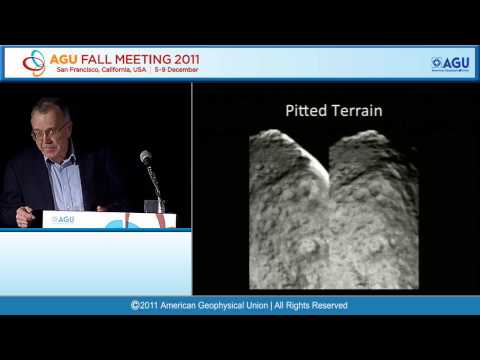Description:
Explore the complex evolution of comet nuclei through evidence from the Deep Impact and Stardust-NExT missions in this 55-minute AGU Fall Meeting 2011 Whipple Lecture. Delve into Fred Whipple's 1950 "dirty snowballs" theory and its evolution following ESA's Giotto mission to Comet Halley in 1986. Examine the geologically complex nucleus of Comet Tempel 1, including its smooth flow characteristics, mechanism, and the formation of thicker layers. Investigate the comet's uniformly black appearance, significant erosion, and pitted terrain. Gain insights into the conclusions drawn from these observations and discuss the future prospects of comet sample return missions. This lecture, presented by Joseph Veverka from Cornell University, offers a comprehensive overview of our current understanding of comet nuclei and their complex evolutionary processes.

The Complex Evolution of Comet Nuclei - Evidence from Deep Impact and Stardust-NExT
Add to list